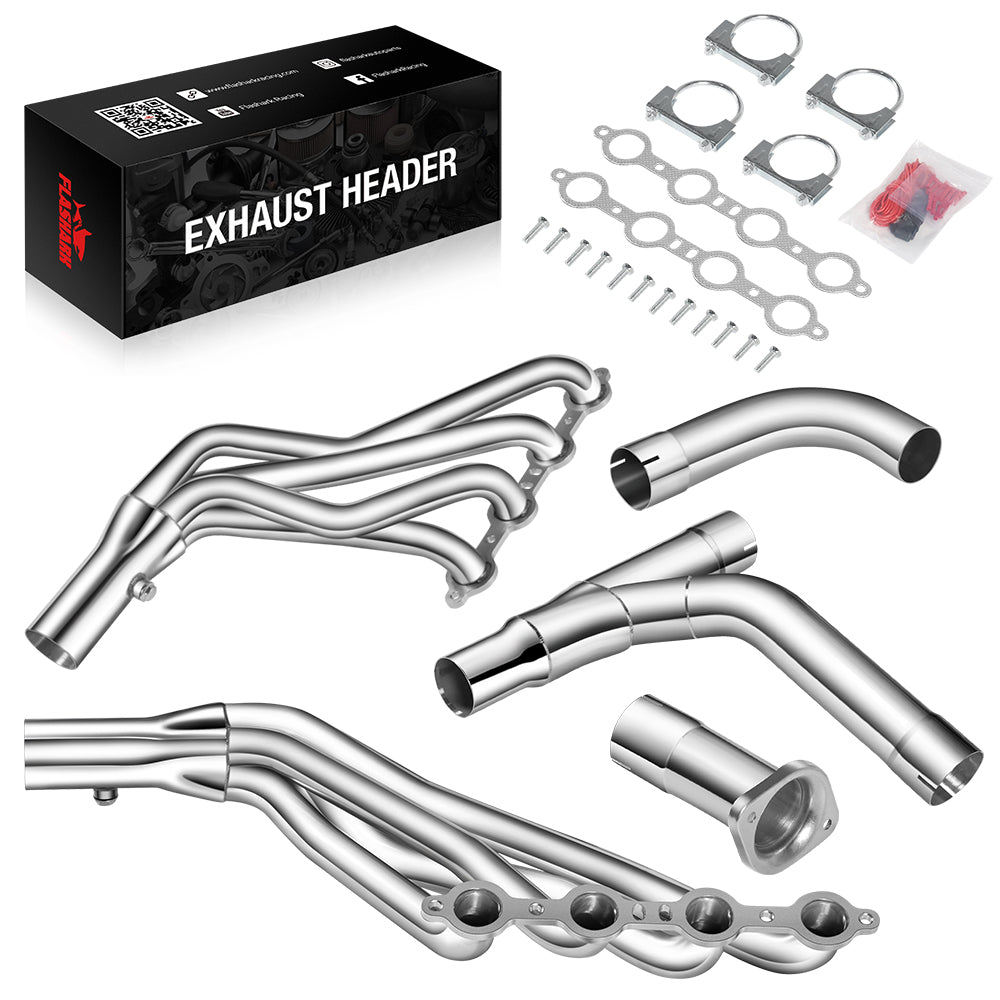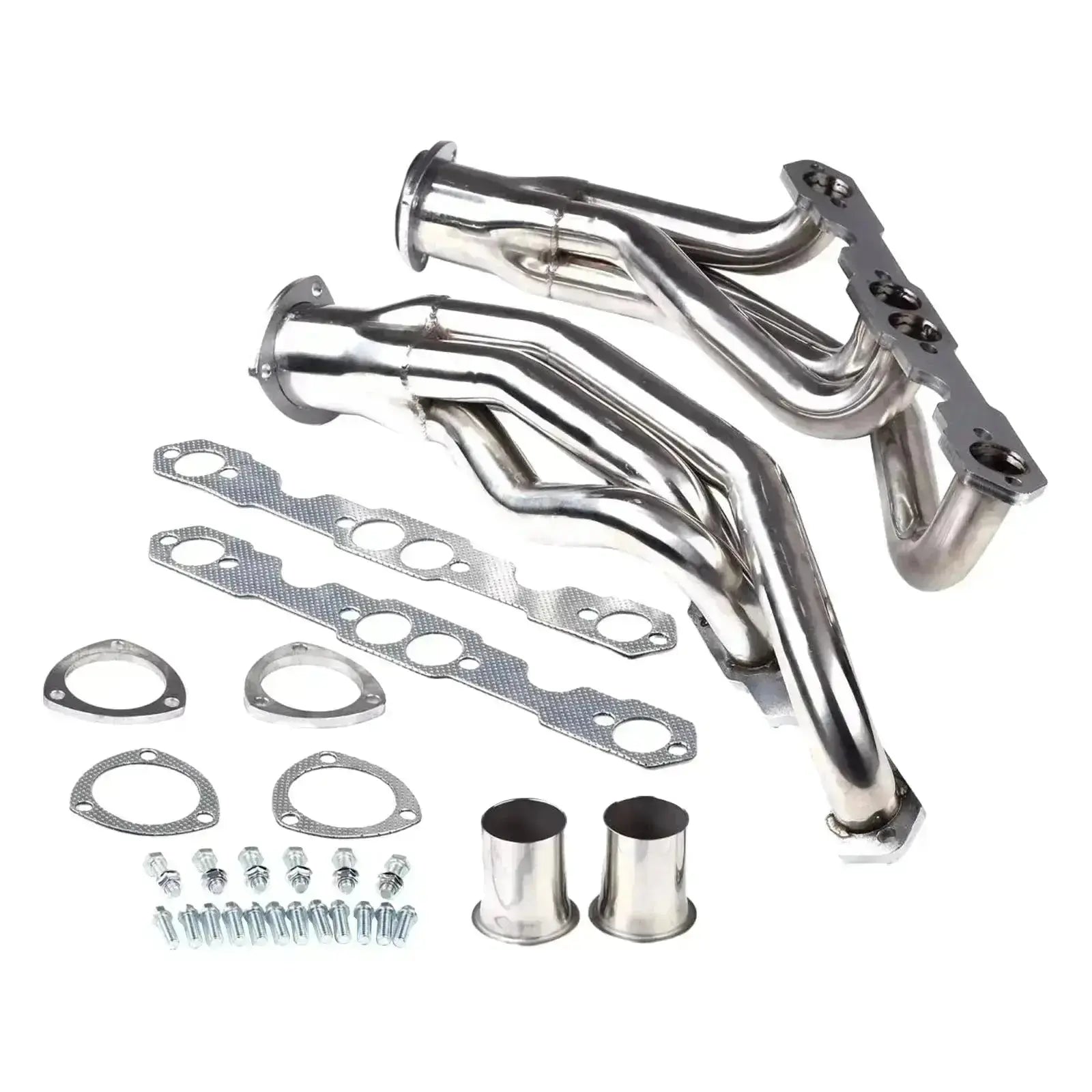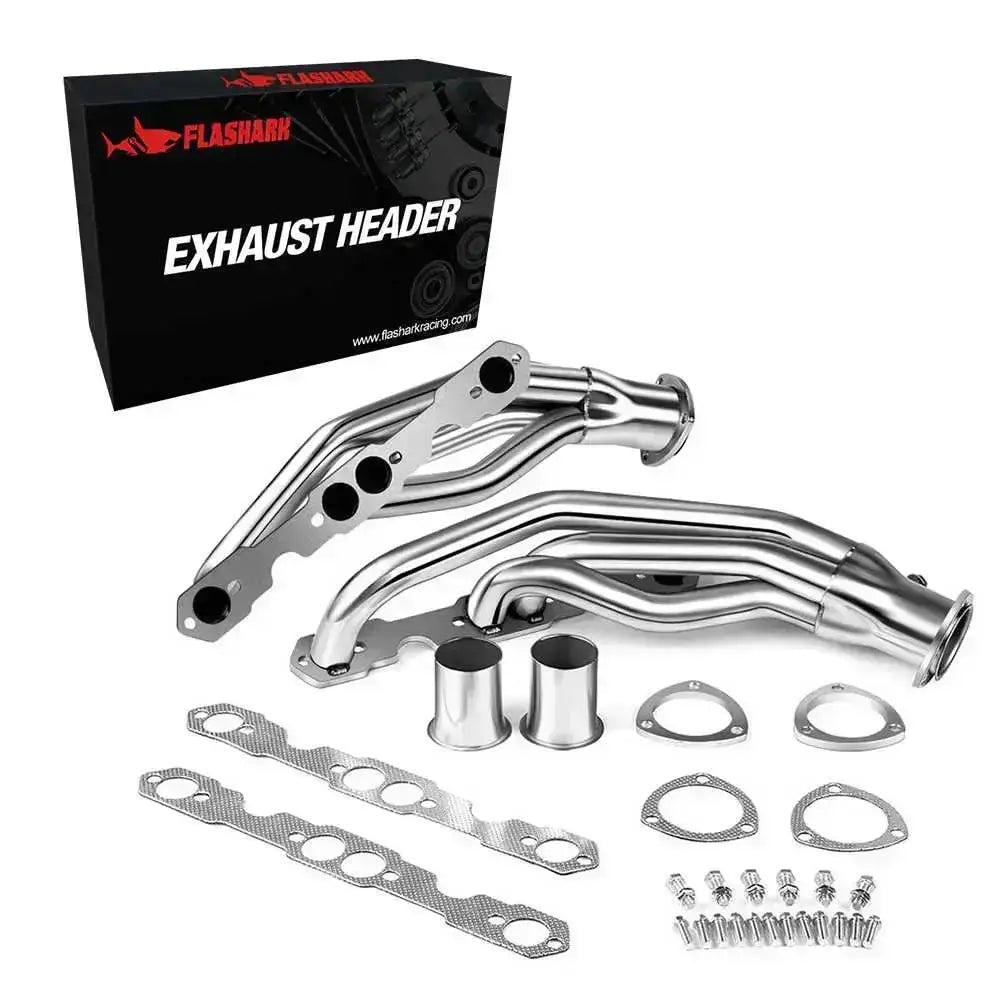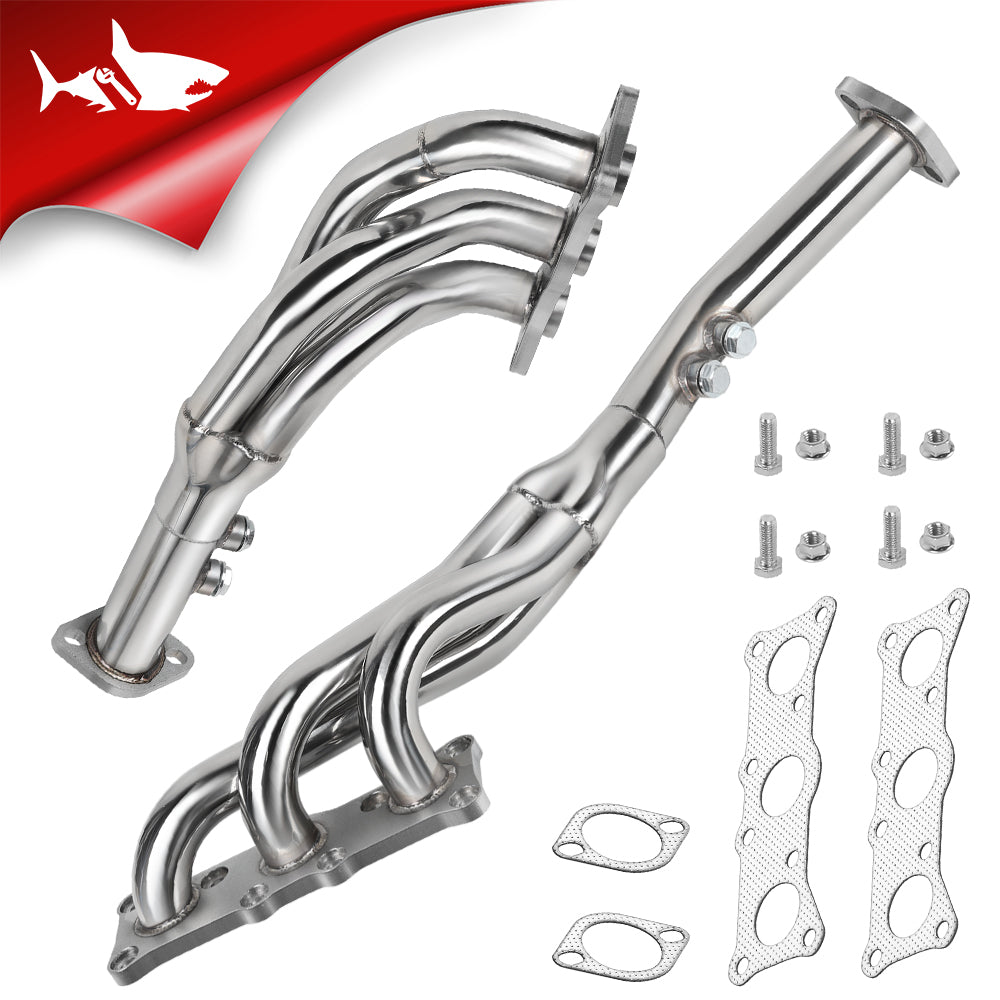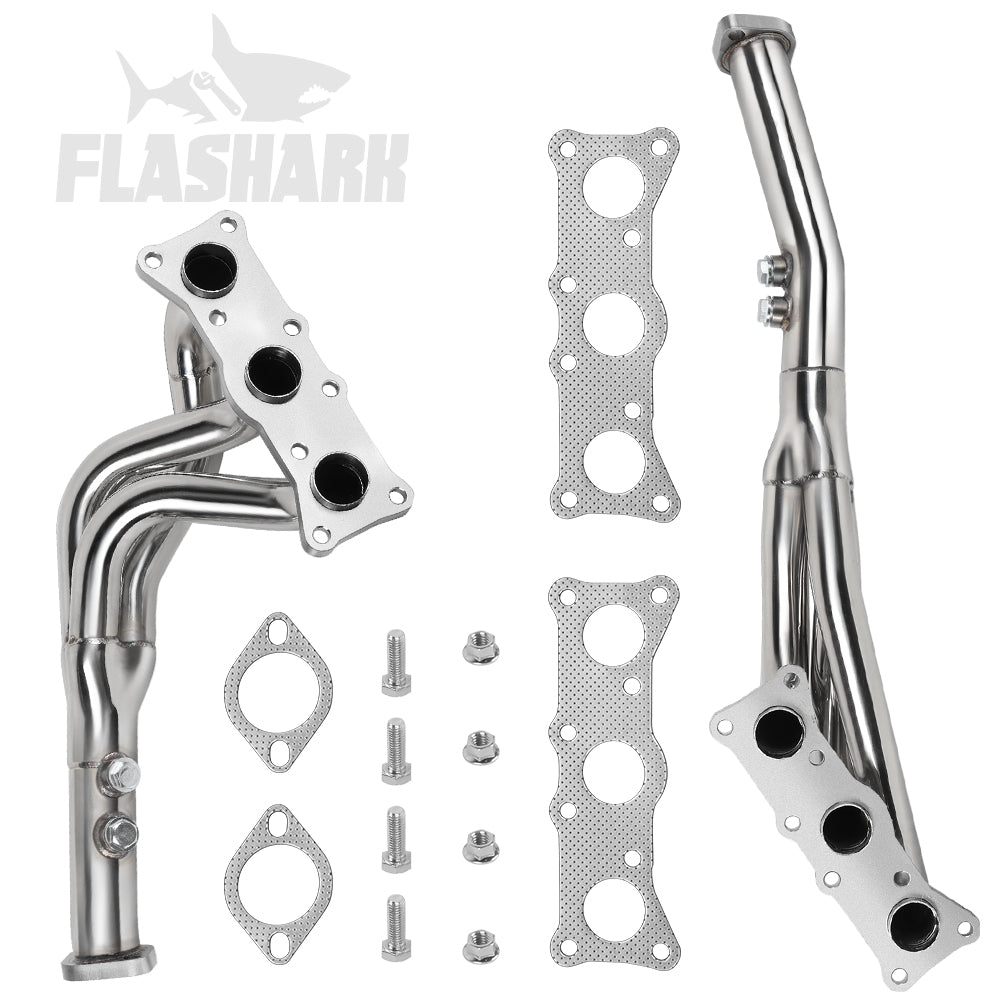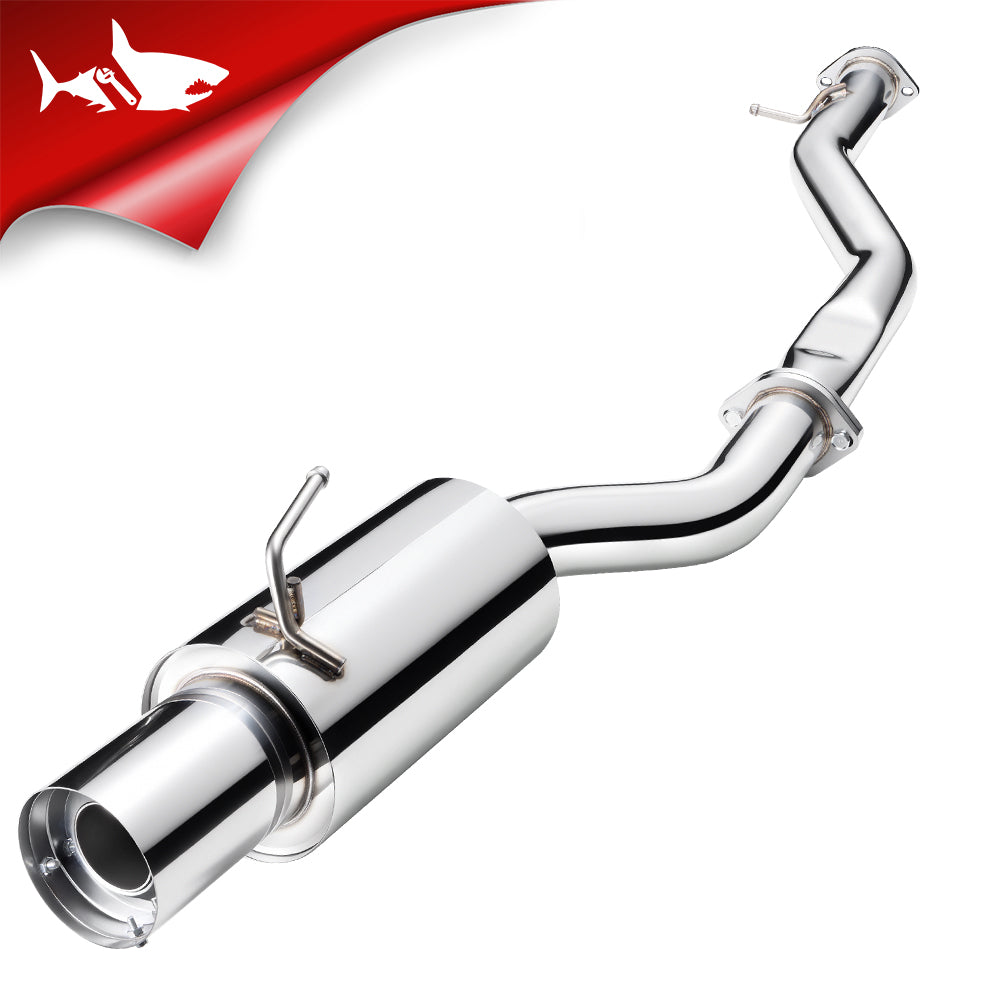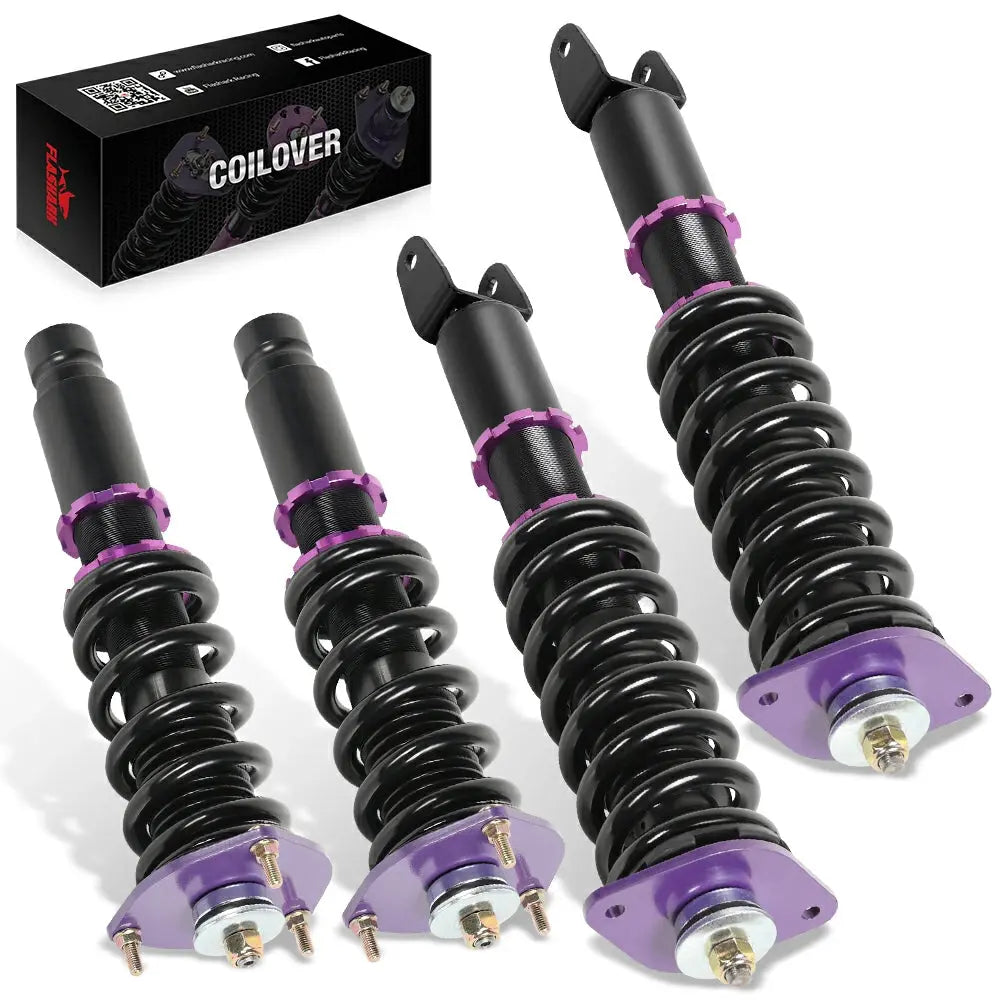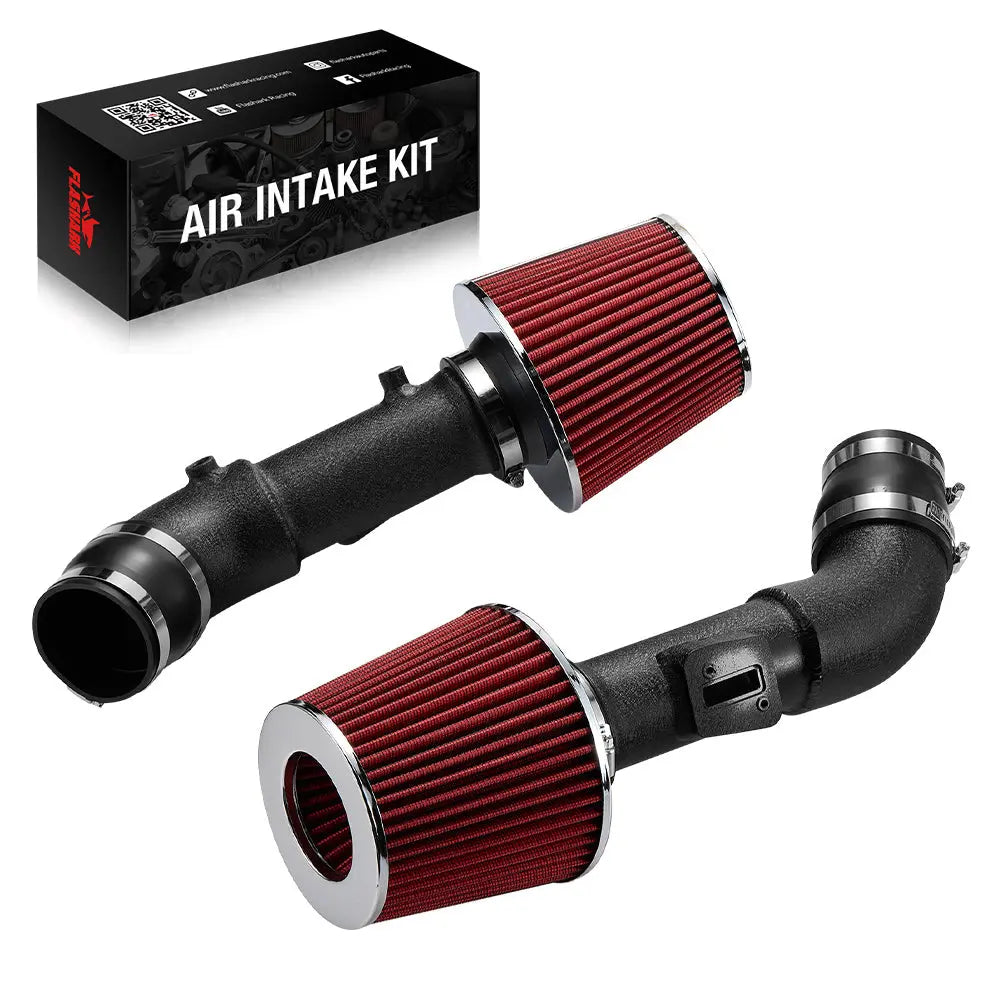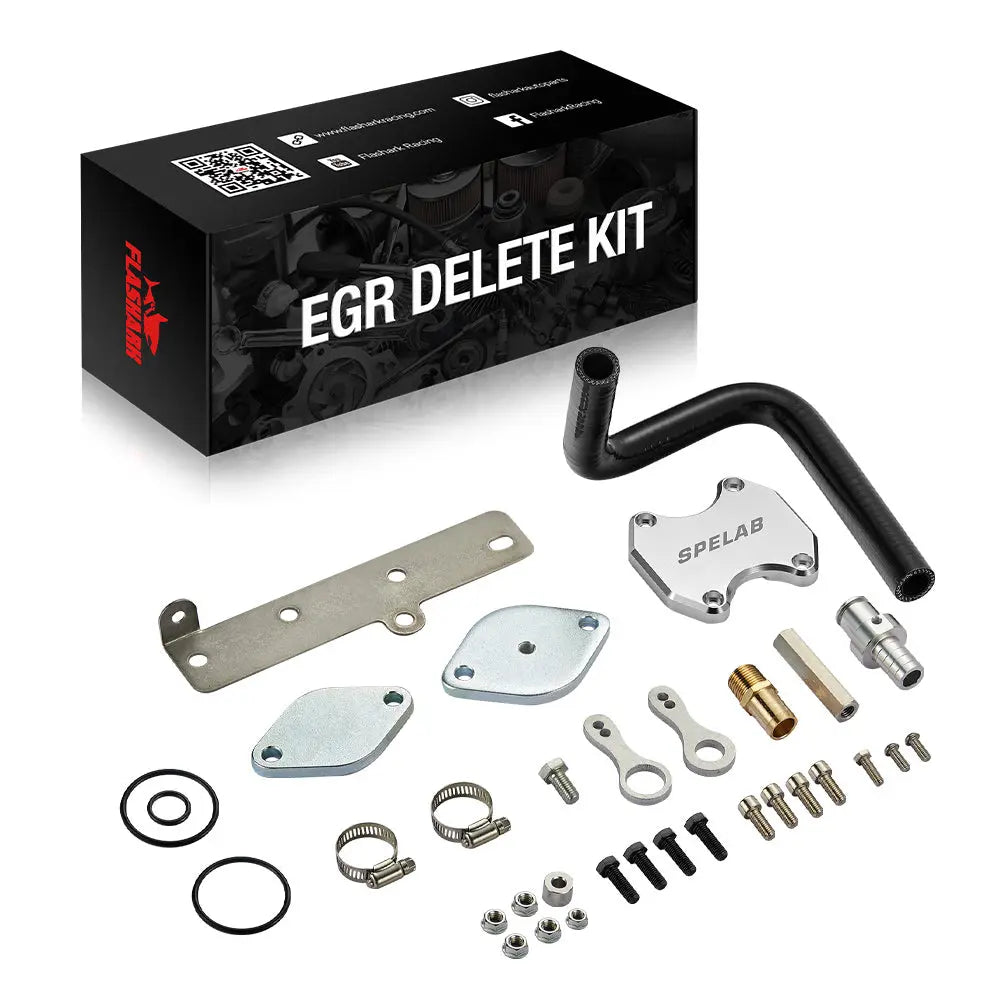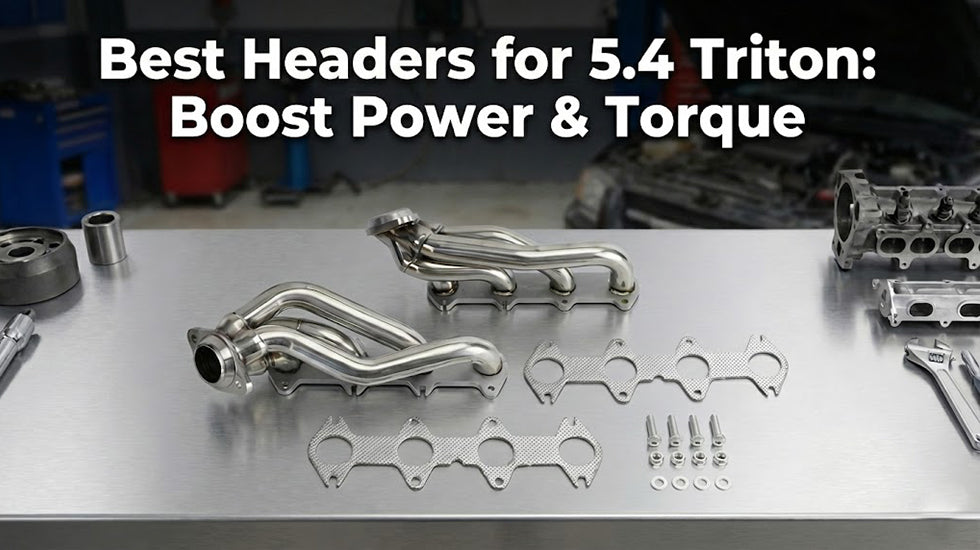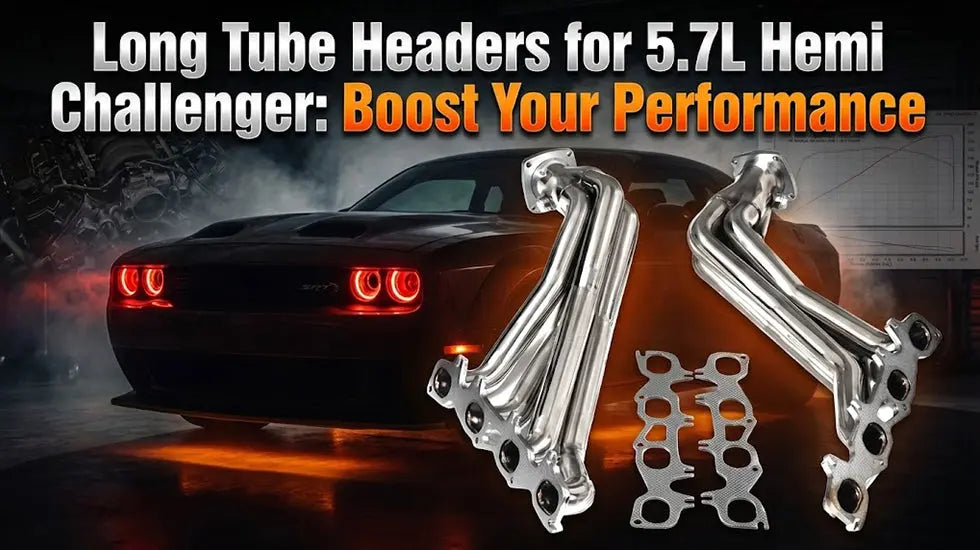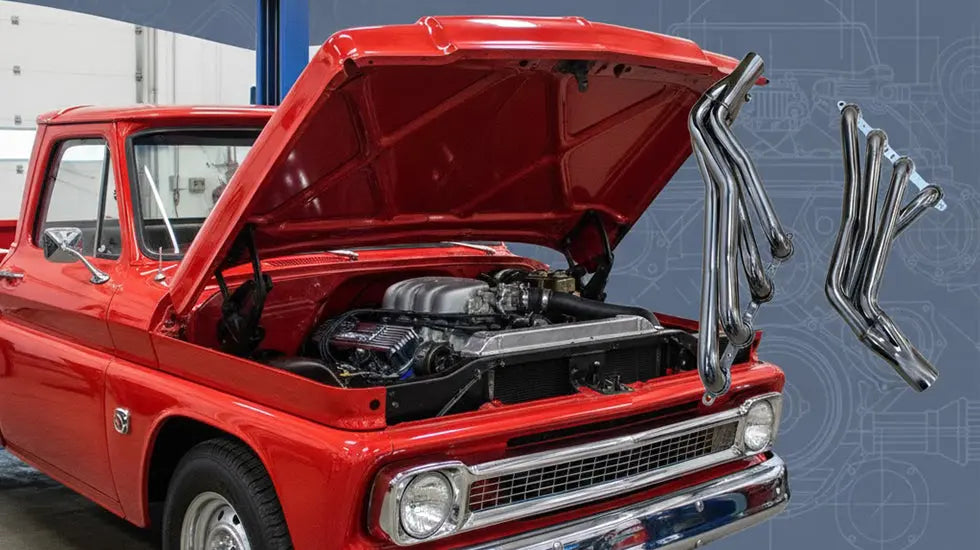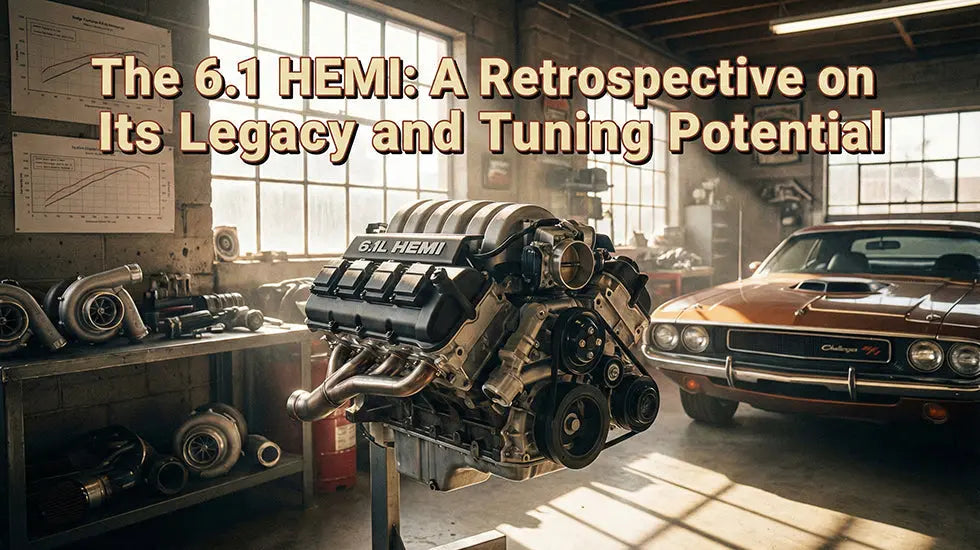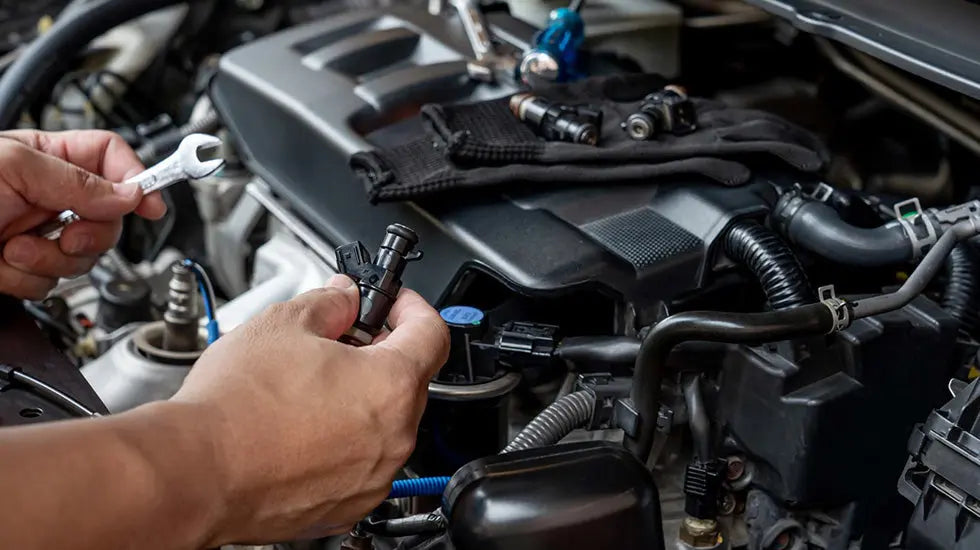Deleted trucks are vehicles with specific modifications to their emission control systems. These changes typically involve removing or deactivating components like the Diesel Particulate Filter (DPF). The main goals are to boost engine performance and increase fuel efficiency.Learn more about the mysteries of egr delete kit too.
Emissions Equipment in Trucks

Modern trucks come equipped with several key emissions control systems. The Diesel Particulate Filter (DPF) is designed to capture soot and other particulates from the exhaust. This helps in significantly reducing the amount of black smoke typically emitted by diesel engines.
Selective Catalytic Reduction (SCR) is another crucial system. It injects a urea-based fluid into the exhaust stream. This chemical reaction converts harmful nitrogen oxides into harmless nitrogen and water vapor, greatly reducing NOx emissions.
Exhaust Gas Recirculation (EGR) is a bit different. It works by recirculating a portion of the engine's exhaust gas back to the engine cylinders. This process lowers the combustion temperature, reducing the formation of NOx emissions.
All these systems collectively play a vital role in minimizing the environmental impact of diesel trucks. They are specifically designed to meet stringent emission standards. By filtering and treating exhaust gases, they ensure that the trucks emit far fewer pollutants into the atmosphere.

Process of Deleting a Truck
Deleting a truck involves several steps, each requiring technical know-how and precision. The first step is typically to remove or deactivate the Diesel Particulate Filter (DPF). This is done by accessing the filter unit, usually located near the engine or underneath the vehicle, and physically removing it or using specialized software to deactivate it.
Another critical aspect is addressing the Selective Catalytic Reduction (SCR) system. This often involves disconnecting the system that injects urea-based fluid into the exhaust. Some truck owners use a kit or software to override the system's function, effectively bypassing it.
When it comes to the 6.7 Cummins EGR delete kit, truck owners find it a popular choice. This kit is designed specifically for certain diesel engines and is used to bypass or remove the Exhaust Gas Recirculation (EGR) system. Installing this kit stops the recirculation of exhaust gases, which can lead to increased engine efficiency and performance.
It's important to note that someone should do these modifications with experience in truck mechanics. Incorrect deletion can lead to engine damage, inefficiency, or even legal issues due to emission standards non-compliance.

Benefits of Deleting a Truck
One of the main benefits of deleting a truck is the noticeable increase in fuel efficiency. Removing components like the egr delete kit makes the engine run more efficiently, consuming less fuel. This can lead to significant savings, especially for those who use their trucks for heavy-duty tasks or long drives.
Another advantage is the boost in power output. The engine can produce more horsepower and torque without the restrictions imposed by emissions control systems. This performance improvement is particularly appreciated by those who need extra power for towing or carrying heavy loads.
Maintenance becomes simpler and less frequent. Emission components, especially the DPF, require regular maintenance and can be costly to repair or replace. By deleting these components, truck owners can reduce both the frequency and cost of maintenance.
 Maintenance and Upkeep of Deleted Trucks
Maintenance and Upkeep of Deleted Trucks
After deleting a truck, the maintenance routine changes significantly. Without components like the egr delete kit, the need for regular cleaning or regeneration of these parts is eliminated. This simplifies the overall maintenance process.
However, owners should focus on regular engine check-ups. This includes monitoring engine performance and keeping an eye out for any unusual behavior or sounds. Regular oil changes and coolant checks become more important to maintain engine health.
It's also crucial to use high-quality engine parts and fluids. A diesel delete kit can be a valuable investment in this regard, ensuring that the truck operates smoothly post-modification.
Owners should be aware of potential issues. These might include increased soot production due to the absence of a DPF. It's essential to monitor the exhaust system for any signs of excessive soot or blockages.
In some cases, the engine's computer system may need recalibration. This helps the engine adapt to the absence of emission control systems and function optimally.
It’s wise to keep a record of all maintenance and modifications. This egr delete kit can be helpful for future servicing, selling the truck, or in case of any warranty or insurance claims. Regular upkeep and attention to detail ensure that a deleted truck remains in top condition for the long haul.

Conclusion
Opting for modifications like deleting emission control systems can greatly improve a truck's performance and efficiency. This approach enhances the driving experience and reduces the need for frequent maintenance. Thoughtful investment in these modifications can extend the life of a truck, ensuring it serves its owner reliably over the long term.


